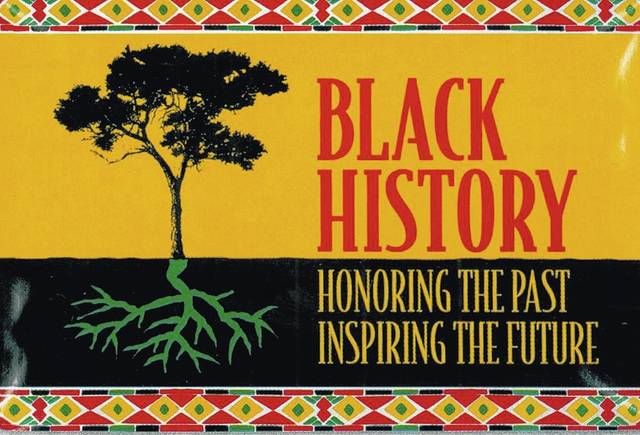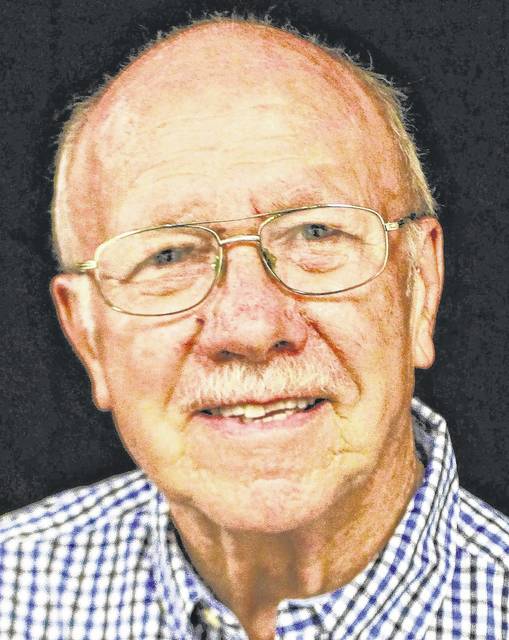

In 1955, eight-year-old Susan Banyas peered out her third-grade classroom window and viewed the Marching Mothers with their children in tow carrying signs asking permission for their children to attend the much-superior white school in Hillsboro.
One sign was especially poignant: “Our children play together, why can’t they learn together?”
They did this for two years until, finally, the Supreme Court of the United States said, “Enough.”
It took the work of Thurgood Marshall, Constance Baker Motley who defended the Marching Mothers in federal court, NAACP lawyers from Cincinnati and Dayton, a few good Quaker women from Wilmington, many others — and especially the mothers who wouldn’t, and didn’t, give up.
They knew their children were as good as anyone’s children, and they also knew that getting a good education was essential to a decent job and a respectful life.
These haunting images never left Banyas — through her distant but ever-present Quaker background, her years at Ohio University and San Francisco State University’s Center for Experimental and Interdisciplinary Art. Through the founding of SO&SO&SO to “experiment with making movement images, inspired by poets and post-modern dancers.” And through much thought, some travel to Mexico, and a return to a Hillsboro High School reunion — and she was introduced to “A Bigger Story” (July, 1990).
As she says, “I leave Hillsboro, but Hillsboro never leaves me.”
“A Bigger Story” is the story of Philip Partridge and the torching of the Hillsboro “colored” school, from Banyas’ 2019 book titled “The Hillsboro Story: A Kaleidoscope History of an Integration Battle in My Hometown.”
Partridge was the county engineer, and his intention — two months after the Brown decision legally ended school segregation — was to force the integration of Hillsboro schools.
When Susan Banyas hears of this incident, she immediately heads back from Oregon to Hillsboro to interview “the 93-year-old mystery man, to ask him, what was it all about?” Before she leaves, she phones to be certain all the ducks are lined up and his son — the go-between — answers and tells her that his father died a half-hour earlier!
After hearing that a black man is being questioned then about the burning of the segregated Lincoln School, Philip Partridge confesses and finds himself at Lima State Hospital for the Criminally Insane. He is released, found guilty of arson and breaking and entering, and sent to the Ohio State Penitentiary.
“My attorney pre-packaged me as a nut and I was not allowed to say one word at ‘my’ trial. Insanity was the plea entered on my behalf and so it remains to this day in the County Court Records.”
In March of 1955 Partridge is transferred to Roseville Honor Prison, and later that year, released.
Integration in the schools comes slowly. The students take tests which seem to disappear but later emerge. The school board gerrymanders the district, some black children repeat a year. When the tests do appear — the scores are high!
In October 2003 Susan visits with, and comes to rely on, Tom Partridge — the oldest son of Philip and Elizabeth — for the Philip Partridge story. The research begins in earnest. Her understanding is clear, “This story is not about small-town drama, although drama drives the story. The story is about power, about who controls memory, who has the authority to speak.” How might she speak?
”This Hillsboro Story is a ‘Dance for Democracy’ performed by Susan Banyas and accompanied by David Ornette Cherry. This two-person presentation is an effort to, “make the story graspable to young people to remind them that their lives matter, what they do matters.”
With an accompanying peace “No Strangers Here Today” which describes the Abolition Movement, it is presented twice in Hillsboro, funded by the Ohio Arts Council and again presented at Southern State Community College. The Hillsboro Story soon went on tour through the Artists Repertory Theatre and was chosen by the Portland Public Schools as a text for 11th-grade language arts.
“The Hillsboro Story: A Kaleidoscope History of an Integration Battle in My Hometown” is truly kaleidoscopic. At times it seems to be a stream of conscience, but it must be understood as a voice of a person crying in the wilderness of social injustice.
It is meant to remind us of the issues that permeates our society and don’t go away. This I feel she has done — and it is a serious reminder!
Neil Snarr is Professor Emeritus of Wilmington College.



